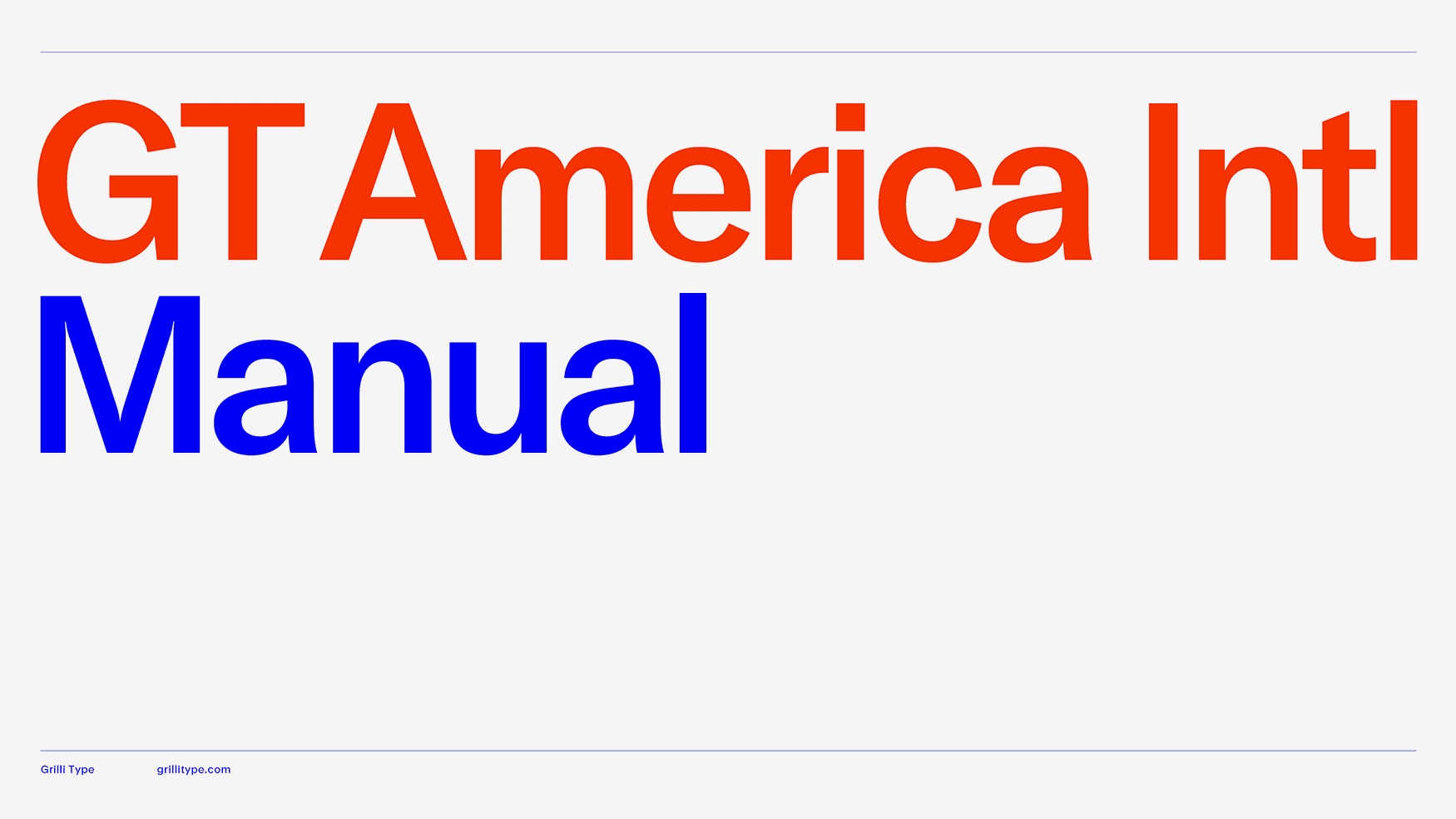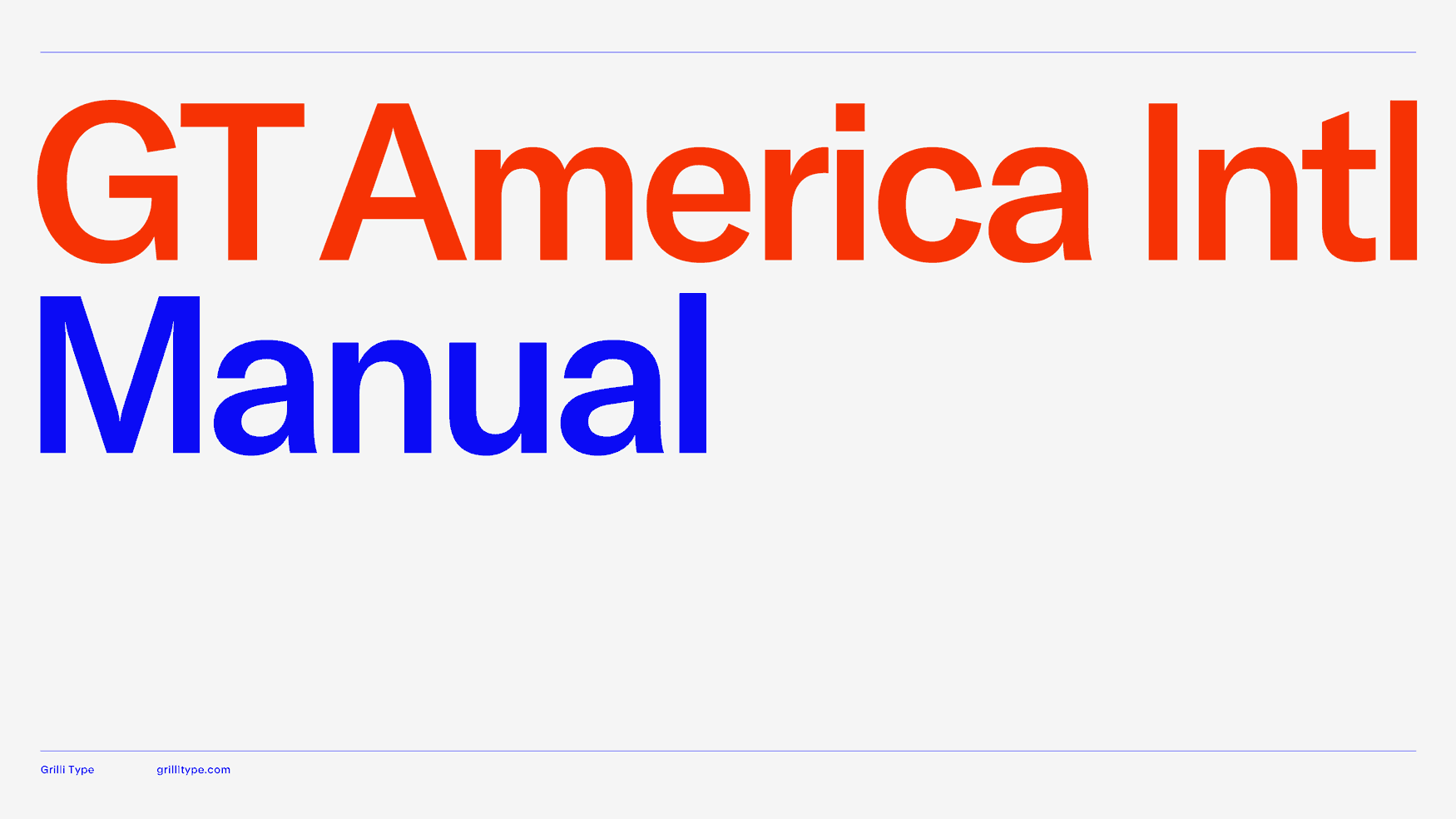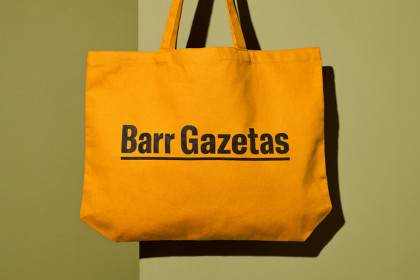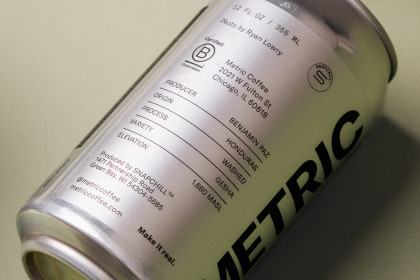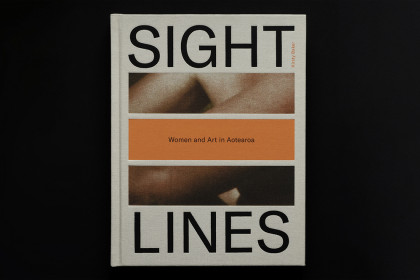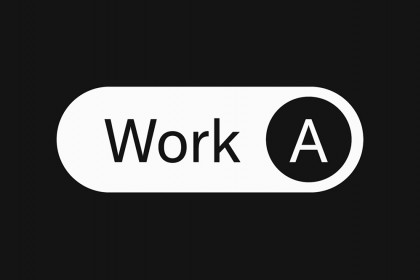GT America
Family overview
- Compressed
- Ultra Light Italic
- Thin Italic
- Light Italic
- Regular Italic
- Medium Italic
- Bold Italic
- Black Italic
- Condensed
- Ultra Light Italic
- Thin Italic
- Light Italic
- Regular Italic
- Medium Italic
- Bold Italic
- Black Italic
- Standard
- Ultra Light Italic
- Thin Italic
- Light Italic
- Regular Italic
- Medium Italic
- Bold Italic
- Black Italic
- Extended
- Ultra Light Italic
- Thin Italic
- Light Italic
- Regular Italic
- Medium Italic
- Bold Italic
- Black Italic
- Expanded
- Mono
- Ultra Light Italic
- Thin Italic
- Light Italic
- Regular Italic
- Medium Italic
- Bold Italic
- Black Italic
Subfamilies
- Standard Ultra Light10 февраля 2007 года перед старым Капитолием штата Иллинойс в Спрингфилде Обама заявил свою кандидатуру на пост президента США.
- Standard Ultra Light ItalicThey misunderestimated me.
- Standard ThinNashville, Tennessee, 654’610, 475.1 sq mi, 36.1718°N 86.7850°W
- Standard Thin ItalicI am the greatest, I said that even before I knew I was.
- Standard LightΟ πρόεδρος εκλέγεται έμμεσα από τον λαό μέσω του Εκλογικού Σώματος με τετραετή θητεία και είναι ο ένας εκ των δύο δημοκρατικά εκλεγμένων ομοσπονδιακών ηγετών· ο δεύτερος είναι ο Αντιπρόεδρος των Ηνωμένων Πολιτειών.
- Standard Light ItalicNeither in French nor in English nor in Mexican.
- Standard RegularIt doesn’t matter where you are coming from. All that matters is where you are going.
- Standard Regular ItalicGerald R. Ford, July 14, 1913, Omaha, Nebraska, August 9, 1974 – January 20, 1977
- Standard MediumСтати президентом США за Конституцією США може тільки громадянин США за народженням (або той, хто перебував громадянином США при затвердженні Конституції), старше 35 років, що мешкає в США не менше 14 років.
- Standard Medium ItalicOklahoma City, Oklahoma, 631’346, 606.4 sq mi, 35.4671°N 97.5137°W
- Standard BoldI need your clothes, your boots and your motorcycle.
- Standard Bold ItalicFort Worth, Texas, 833’319, 339.8 sq mi, 32.7795°N 97.3463°W
- Standard BlackWilliam Howard Taft, September 15, 1857, Cincinnati, Ohio, March 4, 1909 – March 4, 1913
- Standard Black ItalicHerbert Hoover, August 10, 1874, West Branch, Iowa, March 4, 1929 – March 4, 1933
- Settings
Typeface information
GT America is the missing bridge between 19th century American Gothics and 20th century European Neo-Grotesk typefaces. It uses the best design features from both traditions in the widths and weights where they function optimally.
Typeface features
OpenType features enable smart typography. You can use these features in most Desktop applications, on the web, and in your mobile apps. Each typeface contains different features. Below are the most important features included in GT America’s fonts:
- SS01
- Alternate g
Schönegg
- SS02
- Alternate one
1776/1848
- SS05
- Round Dots
Österreich?
- ONUM
- Oldstyle numerals
0123456789
- CASE
- Case sensitive forms
¿¡WHAT?!
Typeface Minisite
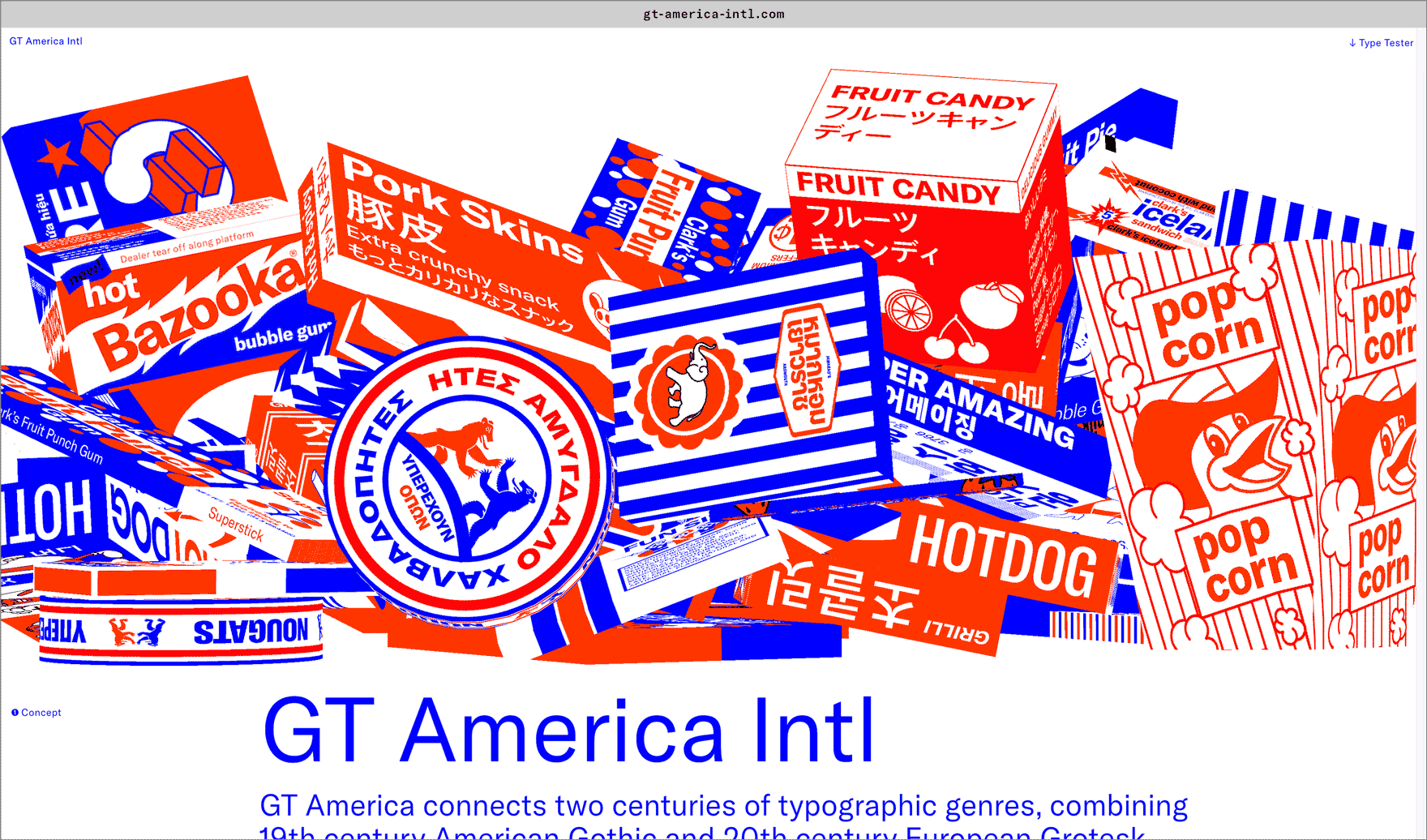
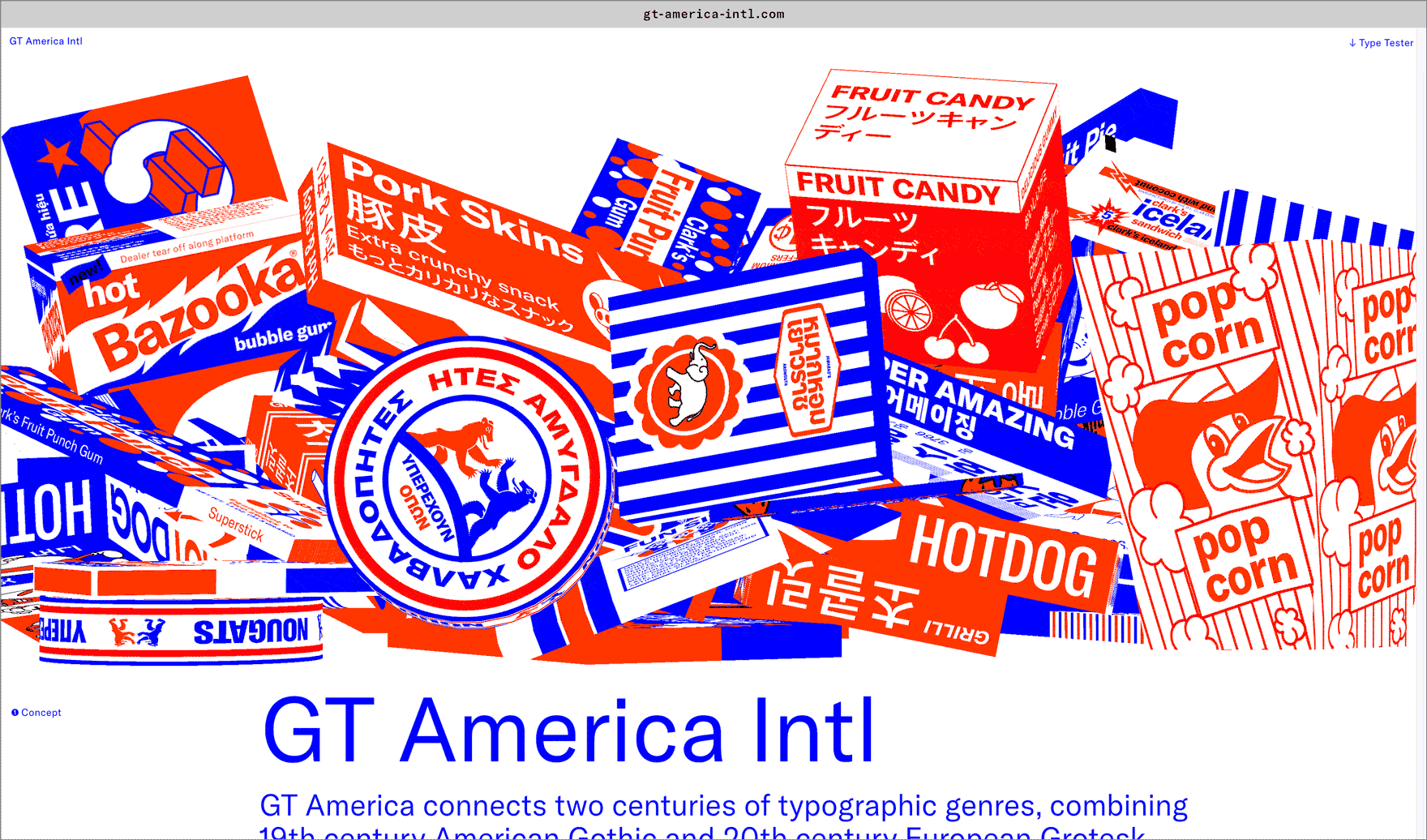
- Visit the GT America minisite to discover more about the typeface family’s history and design concept.
GT America in use
